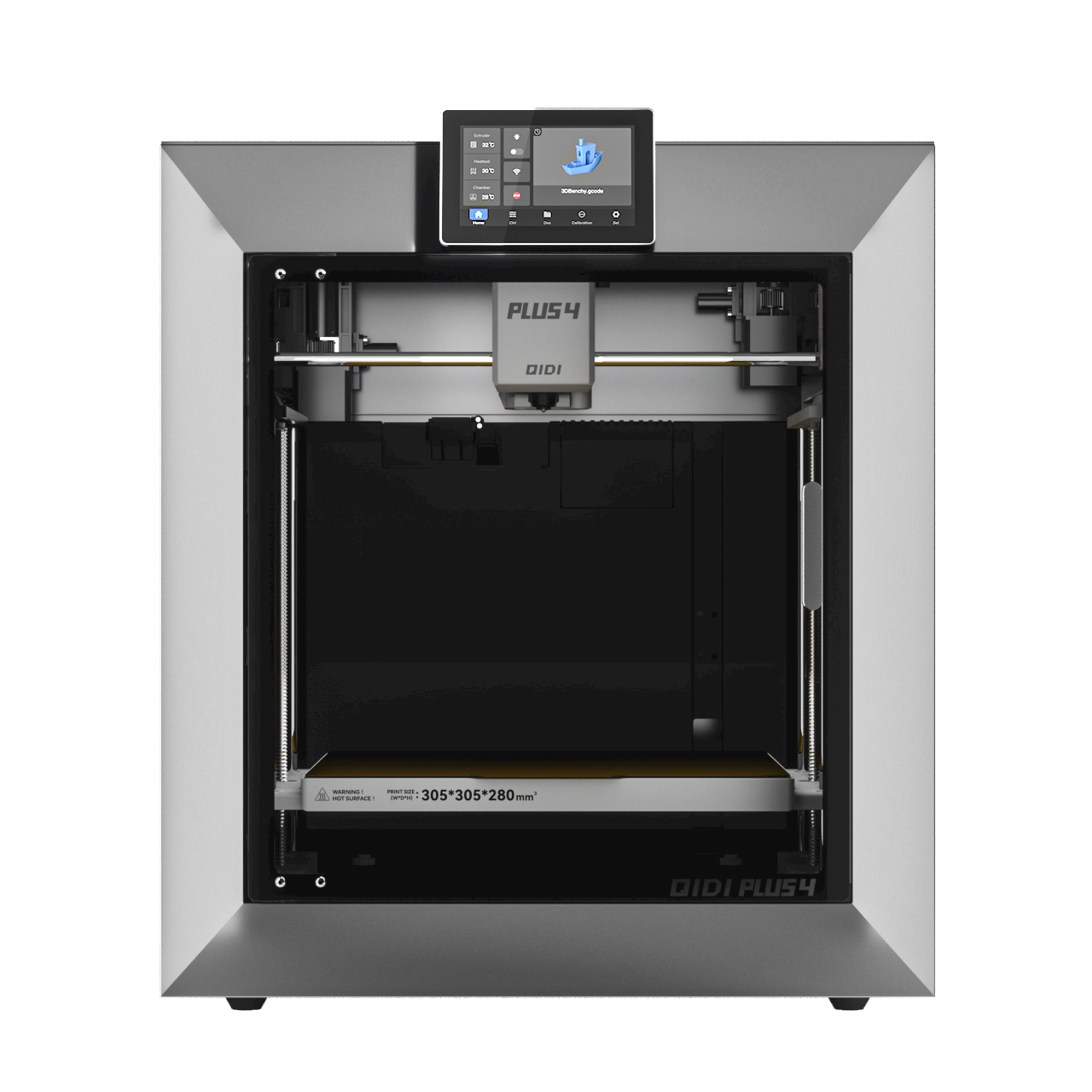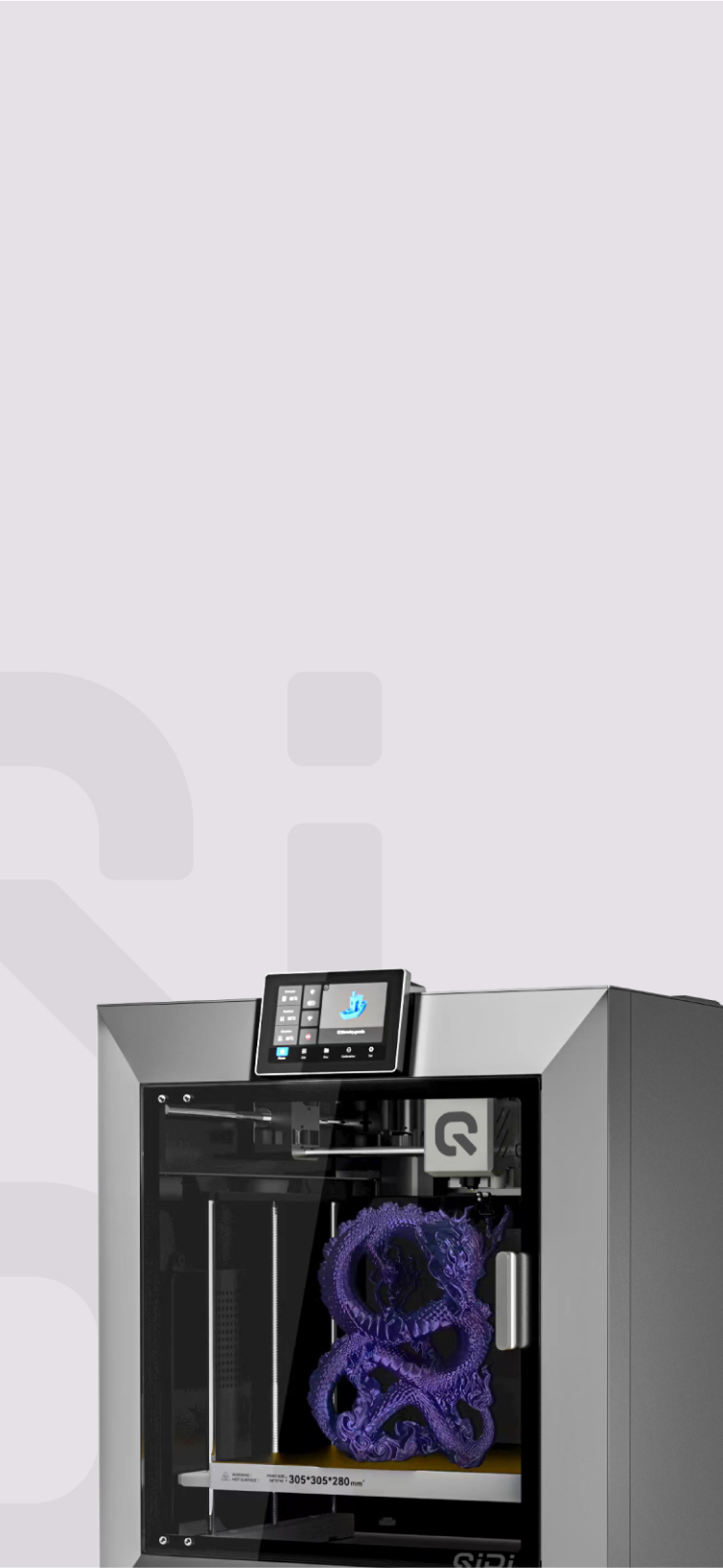Paid Modeling Software Recommendations


Not long ago, we have posted a blog about free modeling software, recommending ten software for QIDI customers. In this blog, we will recommend paid modeling software which tends to have more powerful and comprehensive features than the free version of the software. Paid modeling software can not only provide more specialized features for professional modelers to optimize their projects, but also consider the novice, and many are always newbie friendly. QIDI 3D printer users can choose between free or paid modeling software on their own, and choose the one that suits their needs and abilities.
1. Solidworks
Solidworks is a mechanical design software developed by the French company Dassault Systemes S.A. It is the world's first and completely Windows-based 3D CAD system. Solidworks is very user-friendly, and every year it strives to improve the software's user interface and make design work more automated. So far, SolidWorks is used by more than 2 million engineers and designers in over 165,000 companies worldwide.

(Image source: https://www.solidworks.com/)
2. Wings 3D
Wings 3D is an open source subdivision modeler that offers advanced tools that won't scare away new users. It has a user-friendly interface and many features needed for modeling, such as standard tools, magnet masks, virtual mirroring, edge looping, smooth previews, auto-uv, etc. Although it doesn't support animation, it supports the export of many mainstream 3D modeling formats. As a polygonal mesh module generator, Wings 3D provides users with a rich set of modeling tools and a customized interactive interface, making it a more single-function modeling software.

(Image source: http://www.wings3d.com/)
3. Meshmixer
Meshmixer is a lightweight 3D modeling software developed by Autodesk. It supports importing existing meshes and allows you to create 3D models. Meshmixer can be used to edit designs, optimize existing models, and has built-in sculpting and solid modeling tools. Meshmixer is a powerful tool for beginners who want to modify their designs and for experts who need to optimize industrial designs. It offers a wealth of features and options for a variety of modeling needs.

(Image source: https://meshmixer.com/)
4. CATIA
CATIA is a CAD/CAE/CAM integration software launched by the French company Dassault Systemes S.A, which is widely used in aerospace, automotive, shipbuilding, plant design, architecture, power and electronics, consumer goods and general machinery manufacturing, etc. CATIA has a powerful function, which can be used to develop 3D modeling software for Boeing, BMW, Mercedes-Benz and other famous companies. CATIA's core is the C+ programming language, which can be used for modeling. It is highly reliable, accurate and safe for a variety of applications. CATIA has also been used in the development of virtual prototypes, becoming a core system used by top automobile manufacturers in Europe, North America and Asia.

(Image source: https://www.3ds.com/products-services/catia/)
5. Vectary
Vectary is an online-based software that enables real-time modeling and rendering of 3D models. It is suitable for designers and manufacturers of graphic design, product design and game design, as well as 3D printing. Vectary requires no modeling experience, but only a basic knowledge of design concepts. The operation is simple with built-in 3D models. Beginners can also take advantage of a variety of pre-rendered 3D typography, web headers, packaging design, etc. Vectary offers co-collaboration features for easy completion with others. The free version allows you to create a limited number of projects, while the premium version costs $25 per month.

(Image source: https://www.vectary.com/)
6. Modo
Modo is a comprehensive 3D software for advanced polygonal subdivision surfaces, modeling, sculpting, 3D painting, animation and rendering. It is designed and maintained by Luxology, LLC. The software features many advanced techniques such as N-gons (allowing polygons with more than 4 sides), multi-level 3D painting and edge weighting tools, and runs on Apple's Mac OS X and Microsoft Windows operating platforms.

(Image source: https://modo.com/)
7. 3DS MAX
3DS MAX is the world's top-selling 3d modeling software, animation and rendering solution, with over 65 industry awards, and is widely used in visual effects, character animation and game development. Users can use it to quickly create professional-level 3D models, photo-quality still images and movie-quality animation sequences. In China, 3DS MAX is the earliest popular 3D graphic design software, and also the earliest software to be widely used in environmental design.

(Image source: https://www.autodesk.com/products/3ds-max/overview?term=1-YEAR&tab=subscription)
8. Houdini
Houdini, redeveloped on the basis of Prisms, can run on Linux, Windows, Mac OS and other operating systems. It is completely based on the node model design of the product with a great deal of difference of its structure, mode of operation from other 3D software. Houdini's own renderer is Mantra, which is based on the Reyes rendering architecture, so it is also capable of quickly rendering motion blur, depth of field, and displacement effects. Mantra is a mature, product-proven renderer that meets the requirements of cinematic rendering. Of course, Houdini also has interfaces to third-party renderers, such as RenderMan, Mental ray, Vray, Arnold, and Torque, which allow you to export your scenes to these rendering engines.

(Image source: https://www.sidefx.com/products/houdini/)
9. Creo
Creo can be understood as an upgraded version of PROE, which was introduced by Parametric Technology Corporation (PTC) in the United States. As a new CAD design software package, it integrates PTC’s three software technologies: Pro/Engineer’s parametric technology, CoCreate’s direct modeling technology and ProductView’s three-dimensional visualization technology. It is the first product launched by PTC’s Lightning Program, which has a strong interoperability, openness and ease of use, and has been widely used.

(Image source: https://www.ptc.com/en/products/creo)
10. Adobe Substance 3D Designer
Adobe Substance 3D Designer, as a powerful 3D design software, is widely used in games, architecture, automotive and other fields, becoming one of the essential tools for visual design. It has an intuitive interface and powerful features, including material editing, normal mapping, texture mapping, etc., so that the users can easily create a variety of realistic 3D materials. At the same time, it also supports a variety of lighting modes, such as ambient light, diffuse reflection, specular reflection, etc., so that the material in a variety of lighting conditions can show the best effect. Adobe Substance 3D Designer has a wide range of application scenarios, to the game, for example, it can be used to create the game character, scene props and special effects. In the field of architecture, it can be used to create indoor and outdoor materials, such as tiles, wallpaper, stone and so on. In the automotive field, it can be used to create car paint, interior decoration and so on.

(Image source: https://www.adobe.com/products/substance3d-designer.html)


 Q2
Q2
 QIDI Box
QIDI Box
 Plus 4
Plus 4
 Q1 Pro
Q1 Pro
 X-Max 3
X-Max 3

